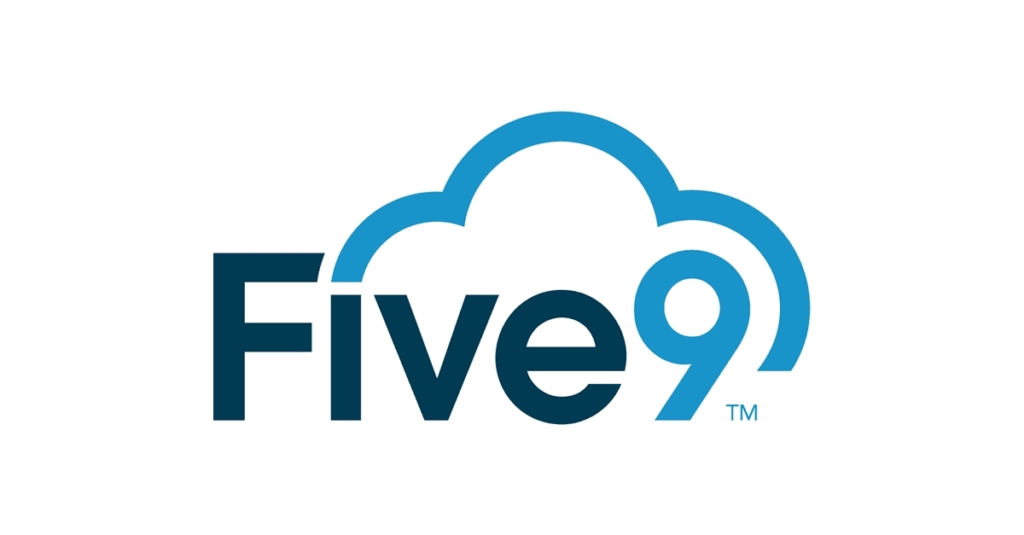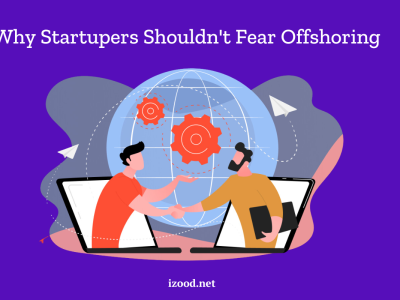
In today’s digital age, businesses are constantly seeking innovative ways to provide top-notch customer service. They also want to optimize costs and to do it efficiently. The concept of a virtual call center has emerged as a game-changer in the customer service industry.
Basically a virtual call center allows companies to manage customer services. These services are customer inquiries, support, and outbound calling without the need for a physical office or a large in-house team.
In this article we’ll discuss the world of virtual call centers, exploring what they are and how they work. We will also discuss the top virtual call center software options in 2023. We’ll also discuss the costs, and the pros and cons of this business model.
What is a Virtual Call Center and How Does It Work?
A virtual call center is a technology-driven customer support and communication solution that operates remotely, typically in a decentralized fashion. It allows agents to work from different geographical locations, providing services to customers through phone calls, chat, email, and other communication channels.
Virtual call centers rely on cloud-based software and infrastructure. This enables remote agents to access the system from anywhere with an internet connection and interact with customers.
Agents are not tied to a physical office in a virtual call center. They can work from home or other remote locations, making it cost-effective and flexible for businesses.
Virtual call centers can also support various communication channels. This includes voice calls, live chat, email, and social media, ensuring a seamless customer experience. Also the robust reporting tools help track agent performance. Using them we can monitor call metrics, and make data-driven decisions to improve customer service.
Most virtual call center software can integrate with Customer Relationship Management (CRM) systems. This makes it easier to access customer information and provide personalized service.
How Do You Start a Virtual Call Center?
Now that we discussed what a virtual call center is, we can begin to talk about how you can start one. Starting a virtual call center involves several steps, which we will explore in this section.
1. The first step is conducting market research to identify your target audience. Then, create a detailed business plan outlining your goals, budget, and strategies.
2. Register your business, obtain necessary licenses, and comply with local and international regulations.
3. Choose a reliable virtual call center software that meets your needs. Consider factors like scalability, customer service features, and integration capabilities. We’ll also introduce the best Virtual call center options.
4. Recruit remote agents with strong communication skills and provide comprehensive training to ensure they can effectively handle customer inquiries.
5. Set up the necessary technology, including computers, headsets, and a reliable internet connection, for your remote team. Ensure security protocols are in place to protect customer data.
6. Develop a marketing strategy to attract clients. Use online and offline channels to reach potential customers, and leverage your unique selling points.
7. As your virtual call center grows, continuously monitor performance, collect feedback, and make necessary improvements to enhance customer satisfaction.
Then, let’s explore some of your top virtual call center software options. This way you can make a better decision choosing one.

The 5 Best Virtual Call Center Software of 2023
Selecting the right virtual call center software is crucial for the success of your business. Here are the top five options for 2023:
- Gladly

Gladly is a customer service platform designed to maximize customer loyalty. This omnichannel solution supports various communication channels, including voice, messaging, chat, email, and SMS. A key feature is the ability to compile customer profiles with cross-channel data, providing agents with a comprehensive view of the customer’s history.
Gladly’s unique feature is the automatic matching of customers with compatible agents, streamlining issue resolution. Collaboration tools enable agents to work together effectively, while workforce management tools optimize staffing for peak performance.
Pricing starts at $150/user per month with a 10-user minimum.
- CloudTalk
CloudTalk is a virtual call center software that excels in both inbound and outbound call management. It offers features such as IVR for routing calls to the right department and voicemails to keep customers informed when agents are unavailable. The ability to add comments and update customer information during or after calls improves agent efficiency.
CloudTalk’s pricing starts at $25/user per month (annually billed), making it an affordable option for businesses of various sizes.
- Five9

Five9 is a cloud-based contact center platform known for its flexibility and real-time dashboard reporting. It offers skills-based routing, screen recording, and integrations with popular tools like Salesforce and Microsoft.
The recording feature aids in identifying areas where remote agents need improvement, while the predictive dialer optimizes call rates based on agent availability. The ability to manage both inbound and outbound calls adds to its versatility.
Five9 plans start at $149/user per month.
- Time Doctor

Time Doctor is a comprehensive virtual call center tool known for its robust performance management features. It focuses on improving both agent and customer experiences. One standout feature is real-time agent activity tracking, allowing supervisors to monitor agent productivity and attendance regardless of their location. This tool provides timeline reports and screencasts, enhancing accountability and transparency within the team.
Moreover, Time Doctor offers productivity and engagement insights, ensuring that agents are spending their time effectively on the right tasks and maintaining a healthy work-life balance.
Another benefit is the client accountability and transparency aspect, which allows call center clients to see the value of their investment. By providing clients with login access and real-time reports, trust and transparency are established.
Time Doctor’s pricing is reasonable, starting at $10/user per month.
- HubSpot
HubSpot is a renowned name in sales and customer relationship management. It provides a call tracking software that allows for efficient management of the sales process. Agents can place calls directly from their browsers, schedule emails and meetings, and route calls to the right sales agents.
The ability to queue up a list of calls, access key business metrics, and receive AI-powered insights for coaching new sales reps is a significant advantage. Automatic call log to Salesforce or HubSpot CRM creates a centralized workspace for better organization.
HubSpot plans start at $500 per month for five users. With high user ratings on G2 (4.4/5) and Capterra (4.5/5).
It’s evident that HubSpot is a top choice for outbound contact centers, providing robust features for effective sales and customer relationship management.
These are just a few of the top virtual call center software solutions, each with its unique strengths and features. The choice among them depends on your specific requirements and budget. Each of these software options offers unique features, so it’s important to consider your specific requirements and budget when making a choice.
How Much Does It Cost to Start a Virtual Call Center Business?
The cost of starting a virtual call center business can vary significantly based on several factors, including the scale of operations and the software you choose. Here’s a breakdown of the main expenses:
1. Prices for virtual call center software can range from $10 to more than $500 per month. This depends on the features and scalability that the software offers.
2. You’ll need to invest in computers, headsets, internet connectivity, and any other necessary equipment. This can cost several thousand dollars. You can also choose to make your business remote and hire freelancers.
3. You also need budget for recruiting and training agents. This can vary based on the number of employees and the complexity of training.
4. Allocate a budget for advertising, website development, and other marketing activities.
5. Include ongoing expenses like utilities, software updates, and customer support.
6. You will also need a budget for licenses, permits, and compliance with data protection regulations.
The total startup cost can range from a few thousand dollars to a substantial investment. This really depends on your scale and requirements.

What Are the Advantages of Virtual Call Centers?
Virtual call centers offer several advantages for businesses:
1. Cost-Efficiency: With no need for a physical office, businesses can save on rent, utilities, and infrastructure costs.
2. Scalability: Virtual call centers are easily scalable. You can quickly add or reduce the number of agents based on your business needs.
3. Flexible Workforce: Remote agents can work from anywhere, allowing you to tap into a global talent pool and provide 24/7 support.
4. Enhanced Customer Service: Multichannel communication options and CRM integration helps deliver personalized customer experiences.
5. Data-Driven Insights: Virtual call centers offer advanced analytics and reporting based on their tools. This provides valuable insights for improving service quality and efficiency.
What Are the Disadvantages of Virtual Call Centers?
While virtual call centers offer numerous benefits, they also have some disadvantages:
1. Security Concerns: Handling customer data in a distributed environment can pose security risks if not adequately addressed.
2. Communication Challenges: Remote work can lead to communication difficulties among agents and with management.
3. Employee Isolation: Agents working from home may experience feelings of isolation, which can impact morale and productivity.
4. Technical Issues: Dependence on technology means that technical glitches or internet outages can disrupt operations.
5. Monitoring and Training: Supervising and training remote agents require robust systems and can be challenging.
Conclusion
Starting a virtual call center can be a smart move for businesses seeking cost-effective and flexible customer service solutions. With the right virtual call center software and a well-thought-out business plan. , you can build a successful virtual call center. Read the advantages and disadvantages, consider the startup costs, and choose your software wisely. This ensures a smooth journey in this quickly-changing industry.











